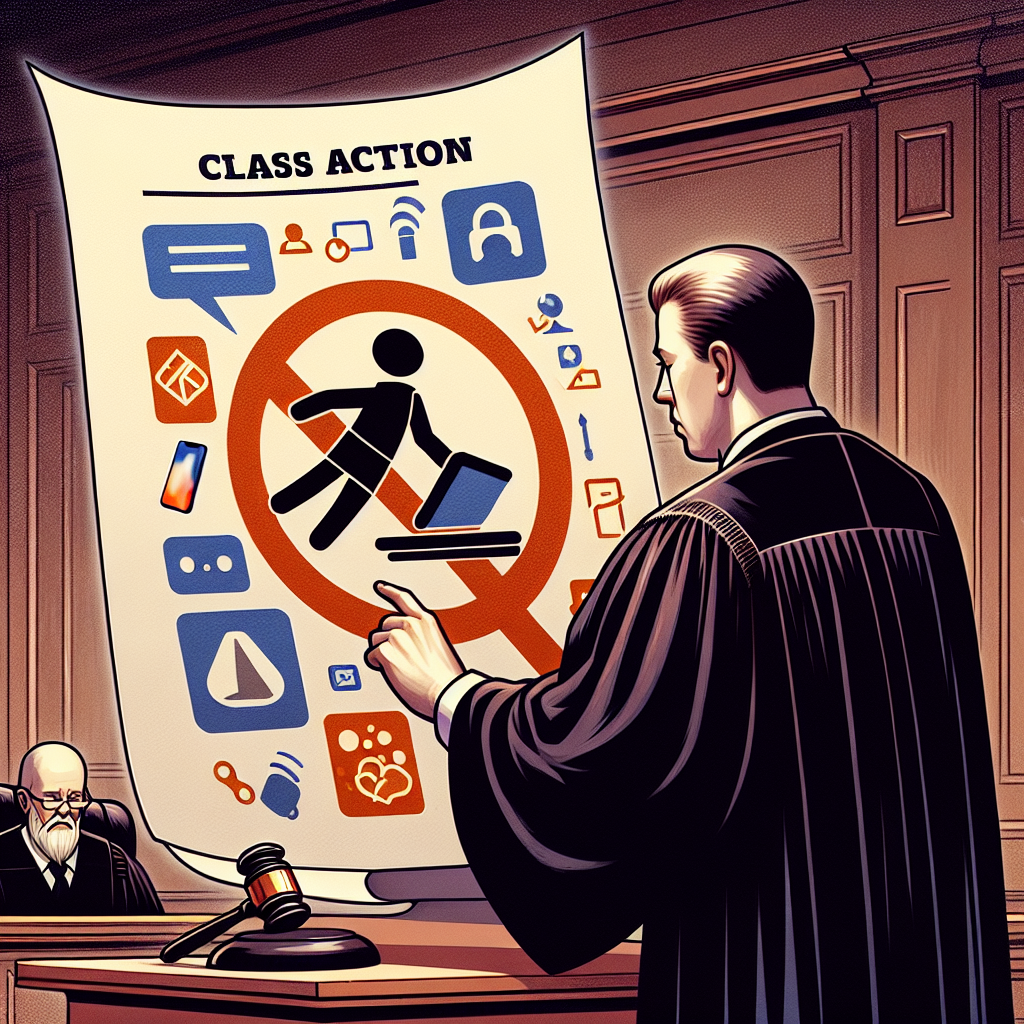Judge Dismisses Class Action Lawsuit Claiming iOS 13 Misapplied User Data Settings
Apple has recently achieved a noteworthy procedural victory in a legal dispute regarding iOS 13. The class action lawsuit, which charged the tech company with utilizing iPhone users’ cellular data without their explicit consent, has been dismissed. Nonetheless, the matter remains unresolved as the case will move forward with a more restricted focus.
Allegations Against Apple’s iOS 13
The lawsuit was launched by Alasdair Turner in 2020, who asserted that iOS 13 permitted Apple to send data over cellular networks even when users had turned off mobile data for particular apps. This activity supposedly showed up in the iPhone settings as coming from “Uninstalled Apps.” Turner contended that this data usage was unauthorized and could mislead users who relied on these settings to effectively manage their data usage.
The Court’s Decision
U.S. District Judge Edward Davila declined to certify the lawsuit as a class action. The judge remarked that the case relied too heavily on individualized evidence, a crucial factor in determining class action eligibility. This procedural win for Apple does not completely dismiss the allegations but restricts the scope of the legal matters.
Apple’s Alleged Use of Cellular Data
Turner’s lawsuit claims that Apple utilized cellular data for internal operations such as software development, even when Wi-Fi was accessible. He asserts that users had no way to disable this activity, causing unforeseen data usage. Turner, for example, exceeded his 5GB Verizon data plan, which led to a $15 overage charge. The complaint referenced multiple legal bases, including California’s consumer protection statutes and claims of unauthorized tampering with personal property.
Legal Challenges and Narrow Path Forward
Apple sought to have the case dismissed, arguing that various fraud-related allegations lacked adequate evidence. The court concurred with Apple on certain aspects, dismissing Turner’s request for an injunction and identifying weaknesses in some claims. Despite this, Turner has been granted a chance to revise his complaint to rectify these issues.
Historical Context and Future Steps
This lawsuit recalls previous controversies surrounding Apple’s management of mobile data. In 2015, Apple encountered a similar class action lawsuit regarding the Wi-Fi Assist feature in iOS 9, which automatically switched users to cellular data in the case of weak Wi-Fi signals. That case concluded without a judicial finding of Apple’s liability.
Turner must now adjust his complaint to proceed with his individual claims. Absent class certification, Turner carries the full burden of demonstrating Apple’s liability and any consequential damages. Apple has yet to make a public statement concerning the ongoing legal matter.
Conclusion
While Apple has successfully evaded a class action lawsuit, the legal challenges over iOS 13’s data usage persist. As the case advances on an individual level, it underscores persistent issues regarding user privacy and data management in the current digital environment. Turner faces a difficult path ahead as he attempts to hold Apple accountable for the alleged misuse of cellular data.
Q&A Session
Q1: What was the foundation of the lawsuit against Apple?
A1: The lawsuit alleged that iOS 13 used cellular data without user permission, supposedly misrepresenting this usage as originating from “Uninstalled Apps” in the settings.
Q2: How did the court decide on the class action status?
A2: The court rejected class action status, indicating that the case was too reliant on individualized facts to qualify.
Q3: What are the primary allegations made by Turner against Apple?
A3: Turner claimed unauthorized data usage for internal operations, which he argued resulted in overage costs on his data plan, infringing consumer protection and computer fraud laws.
Q4: Has Apple encountered similar allegations previously?
A4: Yes, Apple faced similar claims in 2015 concerning the Wi-Fi Assist feature in iOS 9, which prompted data usage without explicit user consent.
Q5: What is the current situation of Turner’s lawsuit?
A5: Turner is allowed to continue with his individual claims after modifying his complaint to address specific legal deficiencies noted by the court.
Q6: Has Apple issued a public response to the lawsuit?
A6: At present, Apple has not publicly addressed the ongoing lawsuit.